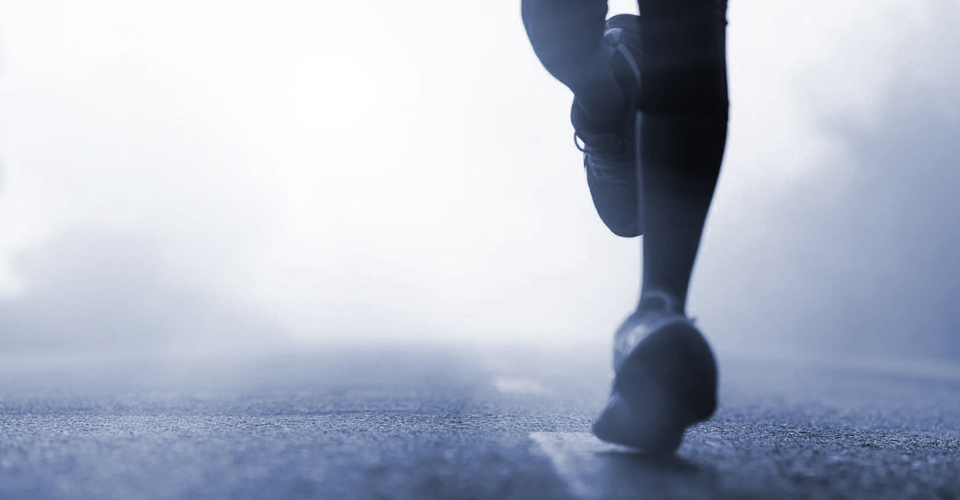Ganglion Cyst
What Is a Ganglion Cyst?
A ganglion cyst is a mass of tissue that is filled with a jellylike fluid. The word “ganglion” means “knot” and is used to describe the knot-like mass or lump of cells that forms below the surface of the skin.
Ganglion cysts are among the most common benign soft-tissue masses.Although they most often occur on the wrist, they also frequently develop on the foot— usually on the top, but elsewhere as well. Ganglion cysts vary in size, may get smaller and larger over time and may even disappear, only to possibly return later.
Signs and Symptoms
A ganglion cyst is associated with one or more of the following signs and symptoms:
- A noticeable lump—often this is the only symptom experienced
- Tingling or burning, if the cyst is touching a nerve
- Dull pain or ache, which may indicate the cyst is pressing against a tendon or joint
- Difficulty wearing shoes due to irritation between the lump and the shoe
What Causes a Ganglion Cyst?
Ganglion cysts are usually caused by some type of injury. For example, a ganglion cyst might develop after something drops on the foot, if the foot was twisted while walking, or after too much stress was placed on a joint or tendon. For some patients, the trauma that triggers this condition is something they do not recall. Usually the cyst appears soon after the trauma occurs.
Diagnosis
To diagnose a ganglion cyst, the foot and ankle surgeon will perform a thorough examination of the foot. The lump will be visually apparent and, when pressed in a certain way, it should move freely underneath the skin. Sometimes the surgeon will shine a light through the cyst or remove a small amount of fluid from the cyst for evaluation. Occasionally other imaging studies may be used.
Treatment
There are various options for treating a ganglion cyst on the foot:
Monitoring, but no Treatment
If the cyst causes no pain and does not interfere with walking, the surgeon may decide it is best to carefully watch the cyst over a period of time.
Shoe modifications
Wearing shoes that do not rub the cyst or cause irritation may be advised. In addition, placing a pad inside the shoe may help reduce pressure against the cyst.
Aspiration and Injection
This technique involves draining the fluid and then injecting a steroid medication into the mass.More than one session may be needed. Although this approach is successful in some cases, in many others the cyst returns.
Surgery
When other treatment options fail or are not appropriate, the cyst may need to be surgically removed. While the recurrence rate associated with surgery is much lower than that experienced with aspiration and injection therapy, there are nevertheless cases in which the ganglion cyst returns.
This information has been prepared by the Consumer Education Committee of the American College of Foot and Ankle Surgeons, a professional society of 5,700 podiatric foot and ankle surgeons. Members of the College are Doctors of Podiatric Medicine who have received additional training through surgical residency programs. The mission of the College is to promote superior care of foot and ankle surgical patients through education, research and the promotion of the highest professional standards.
Copyright © 2004, American College of Foot and Ankle Surgeons, www.acfas.org





Add a comment